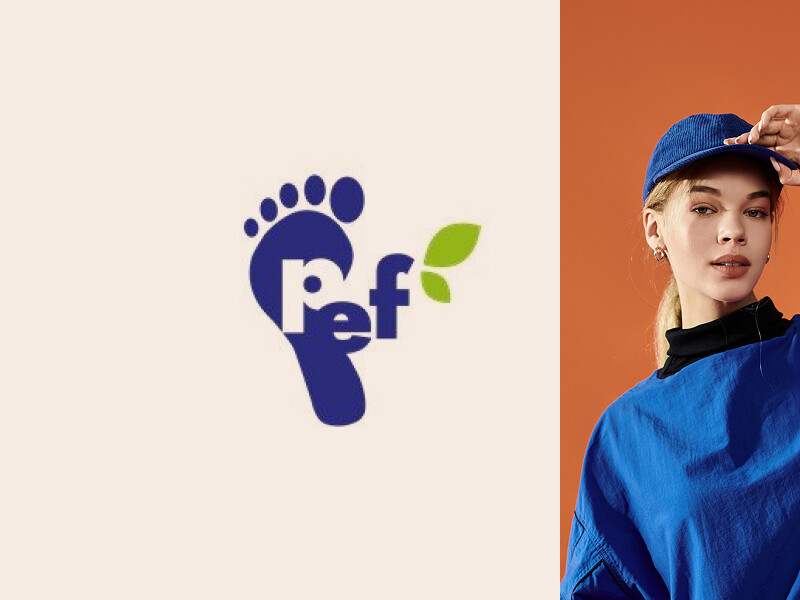Companies are faced with too many different methods and initiatives for product labels, with little scientific backing to substantiate their claims.

Standardize with science-backed methods
By settling on a single labelling methodology, the apparel and footwear PEF project aims to standardize practices, for more informed decision-making from consumers, increased credibility of product labels and opportunities to spot improvement areas.
Quantis was responsible for two key deliverables to provide a holistic view of the hotspots and prevent shifting impacts from one area to another:
- Product Environmental Footprint Category Rules (PEFCRs)
We wrote comprehensive rules on how footprints are calculated and applied across 13 product sub-categories. - Product Environmental Footprint Representative Product (PEF-RP) study
We modeled a virtual representative product from each of the 13 product subcategories (from t-shirts to underwear) so companies can benchmark their products against an average product sold in Europe.
How Quantis can help
For two decades, our dynamic and visionary team has partnered with organizations across the globe to transform their industries and shape a new, planetary economy that aligns business with nature.
We guide industries on the transition from business as usual to business at its best.
-
Receive a PEF overview training
We provide the basics to help your business understand how PEF can be useful to your organization.
-
Understand the PEF methodology
We do a deeper dive on PEF, exploring the methodology behind the service and how it has evolved.
-
Calculate the PEF of your products
We help companies pinpoint environmental hotspots and take action to reduce them.
